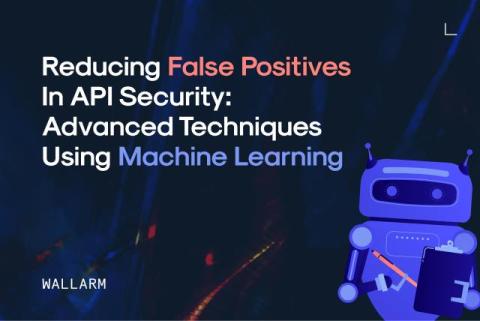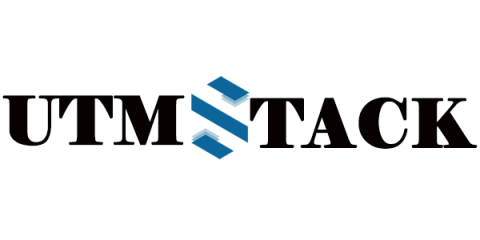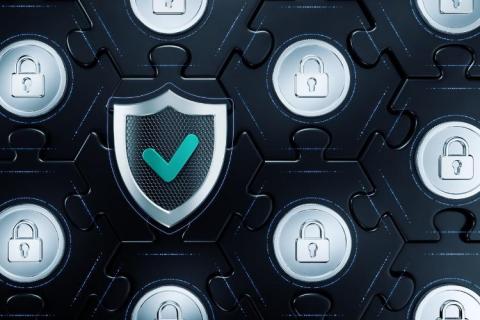Reducing False Positives in API Security: Advanced Techniques Using Machine Learning
False positives in API security are a serious problem, often resulting in wasted results and time, missing real threats, alert fatigue, and operational disruption. Fortunately, however, emerging technologies like machine learning (ML) can help organizations minimize false positives and streamline the protection of their APIs. Let's examine how.











